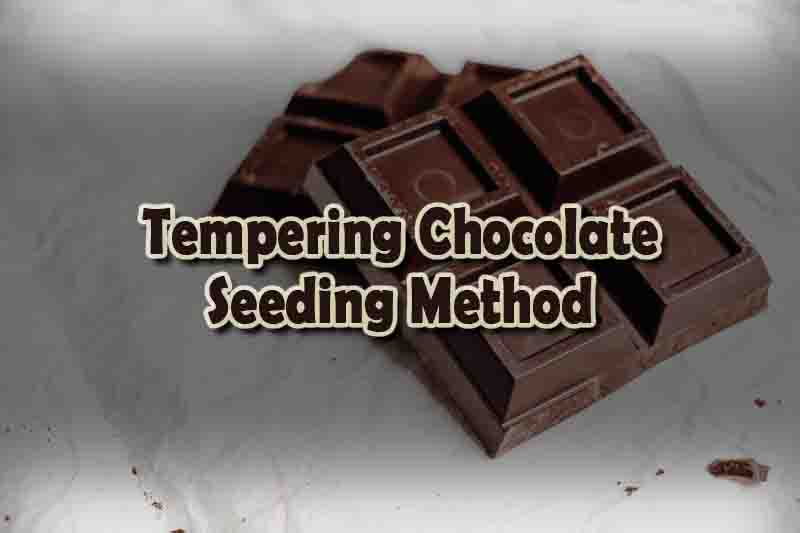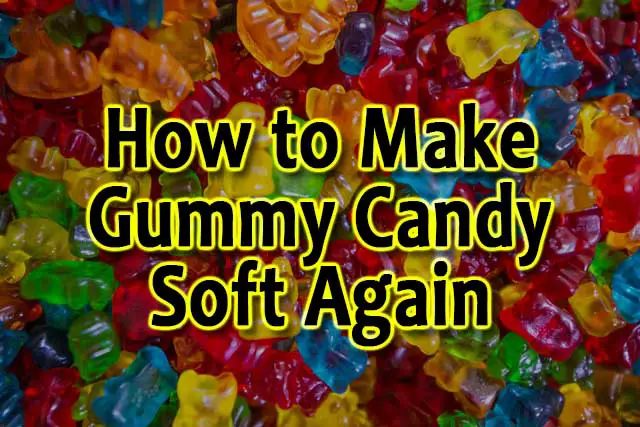What is chocolate seeding or seed chocolate?
Chocolate seeding is a method of tempering chocolate using chunks of already tempered chocolate (seed chocolate) in order to induce a similar cocoa butter crystallization. Essentially, the seed chocolate acts as a magnet, attracting the same crystallized structure as the tempered seed chocolate. By using chocolate seeding, tempering chocolate becomes more reliable and sets quicker.
When it comes to tempering chocolate, adding tiny amounts of unmelted chocolate to melted chocolate will help facilitate the process. This method allows the chocolate crystals to align and be in temper. This is desirable because tempered chocolate has a nice shine and snap when bitten into.
Seed chocolate is tempered chocolate that is added to untempered melted chocolate in order to help bring it to a tempered state. In a way, seed chocolate serves as a “template” for the untempered chocolate to start aligning and tempering.
How do you use seed chocolate?
Note: Tempering chocolate, in general, is a lot easier with a digital candy thermometer.
- Take your melted chocolate from the microwave. It should be around 130-136°F.
- Take about a quarter of the melted chocolate volume as your “seed chocolate” and slowly stir in small quantities. Continue to stir in the seed chocolate in smaller quantities and monitor the temperature.
- Aim for a temperature of 82-85°F. Once you are in this temperature range and all the seed chocolate has melted throughout, microwave the chocolate back into a working temperature range of 88-90°F.
- The chocolate is now tempered and ready to use!
How do you know when the chocolate is tempered?
Take a spatula or spoon and dip it in the chocolate. Then allow the chocolate to cool at room temperature (~70°F). The tempered chocolate should harden within a few minutes and have a shiny, solid appearance. If you touch the chocolate with your bare finger, it should not stick.
If your chocolate appears matte and starts crumbling, it’s a sure sign that your chocolate is still untempered. Another sign of untempered chocolate is if the chocolate is taking way longer than a few minutes to initially set.
What are the benefits of tempering with seeding chocolate?
Seeding chocolate provides a sort of “baseline” for the untempered chocolate to crystalize and temper. For tempered chocolate, imagine a large number of tiny chocolate crystals stacked together. This creates a tighter bond and results in the glossy, snappy texture of tempered chocolate.
What to use tempered chocolate with?
Here are some tasty ideas to dip in tempered chocolate:
- Cherries
- Apple wedges
- Any kind of berry
- Pretzels
- Potato chips
- Crackers
- Oreos
Related Questions to Tempering Chocolate
Will chocolate solidify in the fridge?
If you put melted chocolate that has not been properly tempered into a fridge, it will not set and harden. Even if the chocolate was frozen, it will melt, bloom, or crumble as it cools to room temperature.
On the other hand, tempered chocolate is perfectly fine to store in the refrigerator.
When freezing chocolates, make sure to have airtight storage and bring down the temperature gradually. 24 hours in the refrigerator then into the freezer. When defrosting, put the chocolate from the freezer to refrigerator for 48 hours.
Where do you store tempered chocolate?
Cool, dark, and dry. As long as it has these 3 conditions, it’s a good place to store. The chocolate can also absorb the nearby smells so make sure to not store it with your garlic. Yuck!
Do not refrigerate your chocolate! Along with the odors that the chocolate could pick up, the humidity inside the fridge could cause blooming in your chocolate. This is the chalky discoloring of the surface of the chocolate.
If you have to refrigerate due to hot weather affecting ambient temperatures, use air-tight containers. This will help keep moisture and odors out. When you are ready to use the chocolate, let it warm back to room temperatures before serving.




